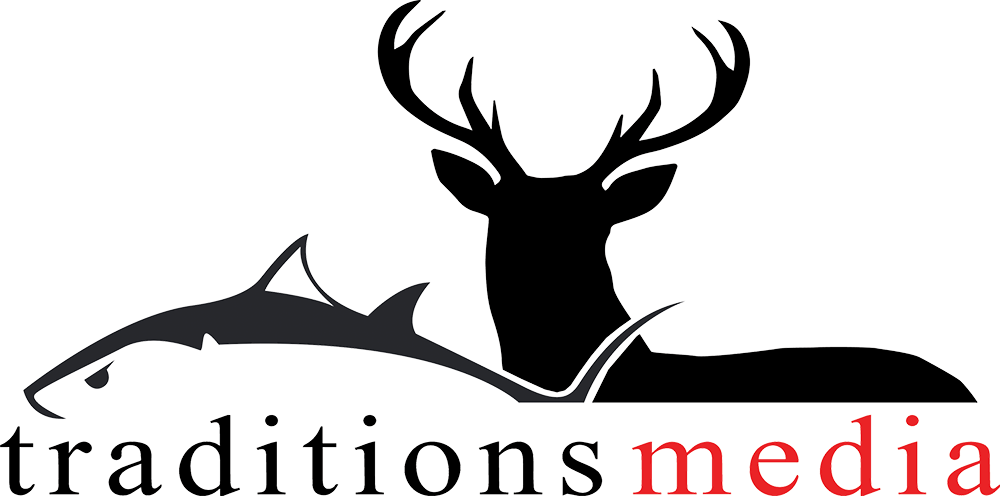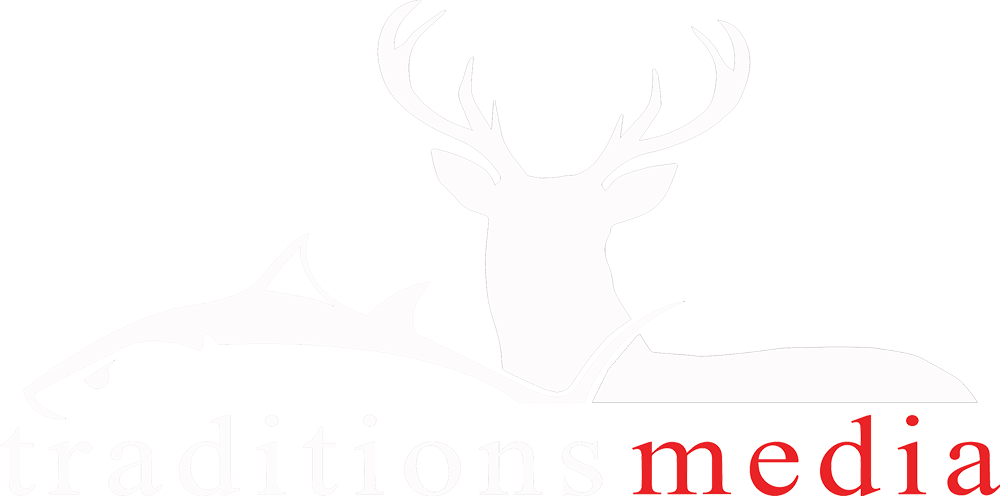|
By Brent T. Wheat I got to be a “Predator” for one night last month and it was really cool. For those who don’t remember, Predator was a 1987 movie (and series of forgettable remakes) in which an alien creature hunted down various supporting actors for sport and killed them in gruesome fashion until Arnold Schwarzenegger saves the day. Among other assets, the Predator had thermal vision that allowed him to stalk the various players until the final battle wherein Arnold serves up a crushing defeat. It was one of the first times that the general public saw the advantages of thermal imaging. Fast-forward to our tree platform above the rolling sandhill prairie of a northern Indiana farm where I got to be a real-life version of The Predator. In a lifetime of incredible experiences, those few hours were some of the most memorable outdoor moments I’ve ever had. For those who are in the dark (pun intended), “Forward-Looking Infrared” (FLIR) is a technology wherein a special camera captures thermal (infrared) radiation then displays it in a viewfinder much like a normal camera does using visible light. The nice part is that by using various electronic filters, FLIR gives the military, law enforcement officers and now hunters and wildlife watchers a way to easily distinguish objects such as people and animals from the background clutter, day or night. Thermal imaging literally gives you a sixth sense that can be put to some incredibly effective uses. |
|
A whitetail doe at approximately 80 yards, as viewed in the Zeus Pro’s “Ironbow” color palette. Photo by Josh Lantz. |
|
What was originally designed for the military is now becoming widespread in the civilian market with uses ranging from firefighting to boating to law enforcement. Thermal imaging isn’t exactly cheap but as prices continue to plummet while quality and features go up, more and more hunters are beginning to use thermal imaging devices for game scouting, game recovery and as weapon sights for nuisance species such as coyote and wild hog. Even wildlife watchers are beginning to understand the advantages that FLIR offers when trying to find and observe nocturnal creatures. For example, the compact, lightweight yet very capable Scout TK by industry leader FLIR Systems, Inc. offers an entry-level peek into the world of thermal imaging for around $600. Our trip was ostensibly planned for capturing video of coyotes on the thermal devices. My buddy Nick planned on shooting a few if possible but our primary purpose was observation and in that regard the result was a mixed bag. Two separate groups came to our electronic calls but in both cases, the skies opened up with a frog-drowning downpour of icy rain shortly after the dog’s arrival, sending them scurrying back to cover. Watching the ‘yotes approach and interact was fascinating. My friend, equipped with an Armasight by FLIR MNVD night-vision monocular with a wide, 51-degree field-of-view, could easily see the animals when they were within 100 yards of our stand. I had more range. Looking through the Armasight by FLIR Zeus Pro thermal riflescope, I could clearly see warm ‘blips’ once they popped into the open on the other side of the half-mile-wide cornfield. I observed the animals working together while hunting and even watched them howl and yip back-and-forth as they tried to decide why a rabbit would be squealing and flopping in the middle of a cornfield during a cloudburst. |
|
|
A pair of coyotes stalking towards a small rodent (left side of frame) in the black of night are clearly visible using FLIR thermal imaging. The photo was taken with the Armasight by FLIR Zeus Pro set to the “White Hot” palette. Photo by author. |
|
However, it was the in-between times when I got mind-blowing sample of everything that lives within a typical nighttime Hoosier ecosystem. One prime example was the mice. Nick got tired of my surprised exclamations when I repeatedly observed mice and voles rooting through the corn stubble. It was truly amazing to see the tiny creatures scampering through the field while gathering food and then disappear underground before popping back up a moment later. More fascinating was the fact that there were dozens of them anywhere you looked, even on a foul night with periodic icy rain. It was a glowing lesson on how hawks and other predators actually survive and thrive. It is apparent that even I could get fatter on a vole-only diet. But tiny critters weren’t the only things out there. For ten minutes I watched a raccoon feed slowly in the stubble until it got a better offer from another raccoon mincing about the edge of the field. Keeping it G-rated, I’ll just suppose they engaged in good conversation once back inside the tree line. There were also a couple of opossums drunkenly staggering around, a large owl huddled in the limbs of a great gray sycamore nearby and an impatient deer with important business elsewhere crashing through a drainage ditch across the field. I also saw at least one coyote momentarily pop-up repeatedly from that same ditch like a carnival shooting gallery. In all, the diversity and numbers of animals that my newfound Predator-vision allowed me to watch in an otherwise “barren” and nondescript cornfield was almost mind-blowing on such a foul night. Now I’m looking forward to experiencing the visual thrills awaiting someplace else with better weather and more fauna. Perhaps I can find a Mexican jungle with dozens of actors and a special-effects alien running around. |



